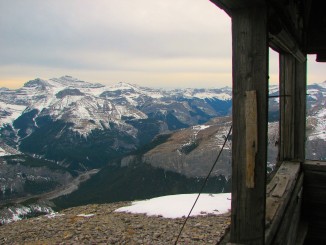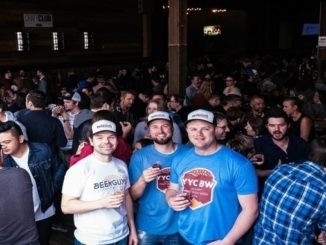Digging in the dirt is a favourite pastime for many a youngster. Playing outside and getting dirty were simply rights of passage during our childhoods. Yet as we grew older, for most of us anyway, the playing and digging gradually ceased. Not so for trail builders. Although the art of building trails is much more than a simple pastime, it satisfies a growing demand. A couple of years ago Kelsey Ferguson penned The Art of Trail Design, an ode to the ingenuity and cleverness of those in the trail building industry. Ferguson begins by saying building trails, “has as much room for creativity and design as utilizing a paintbrush to make strokes on a canvas. In our case, the landscape is our canvas – and trails are our paintbrush. How we paint our environment determines how we experience it, and our generation has figured out that when deciding how to spend our precious time and energy, it’s almost all about the experience.”
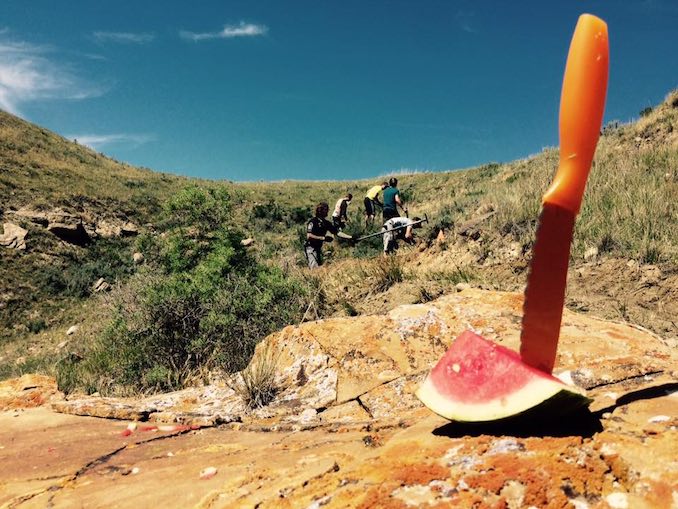
Prior to reading Ferguson’s words, I’d never looked at trails as artwork. I viewed them as a means to an end. I really like riding my bike, and trails make that much more enjoyable. The more I thought about my favourite trails however, the more I started agreeing with her. It is easy to overlook the time, dedication, and commitment required to transform a piece of wilderness into a work of art, that’s both visually pleasing and highly functional. Trails have the ability to transport us to some of the most stunningly beautiful places imaginable, all the while offering adventure, activity, and a return to nature that many of us crave. It’s obvious trails don’t just magically appear on the landscape, so I was determined to learn more.
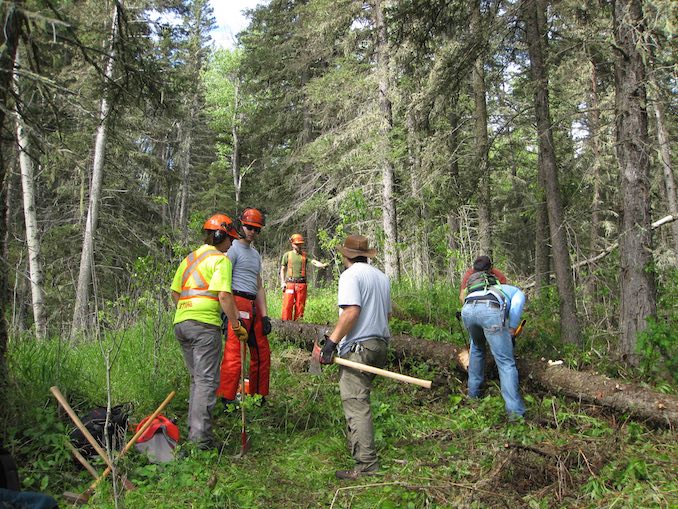
In my quest to uncover the intricacies of trail design I reached out to the 670 Collective, a close-knit mountain biking club based out of Medicine Hat that has earned a reputation for building some of the gnarliest trails in this province’s southeast corner. Blaine Fairbrother, a member of 670’s Trail Crew and trail builder extraordinaire, responded and shared the following wisdom about what it takes to build a trail from the initial planning phase until completion.
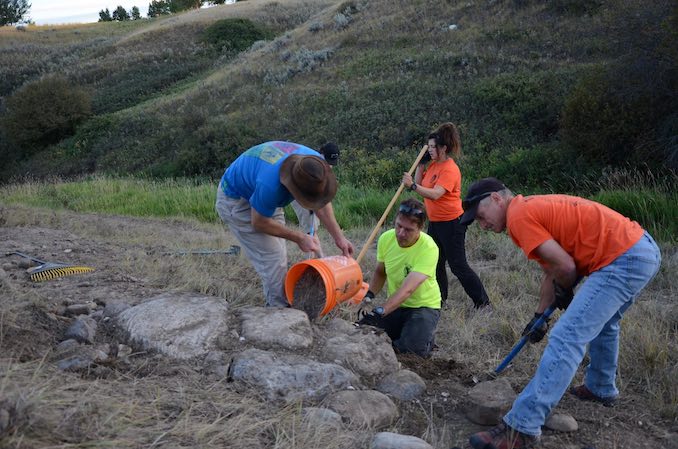
Calgary Guardian: “Can you walk me through some of the steps required for building new trails? What type of things do you need to take into account before breaking ground?”
Blaine Fairbrother: “The very first thing we do as volunteers is figure out who the landowner is. Once we understand that, we typically put together a proposal as to what we are looking for, access, type of trail, etc. Assuming the landowner is in agreement we then move to the next phase. For most of our non-provincial projects we need to have what is referred to as a ‘desk top review’. This is something our club has payed for utilizing an environmental company that goes through all of the regulations, as well as the environmental and historical requirements for the area of interest. This step helps us guide the impact discussions the trails will have in the area we are interested in. It also ensures that we do not miss any of the regulatory requirements needed to move forward with the project. After the previous step, or sometimes at the same time, we submit an HRA (Historical Resources Act Approval) for the proposed trail or group of trails. This is required for all projects of this type in Alberta. Its goal is to protect any historical sites within the influence of the project. We have people in our club who complete these applications for us. This step has often, more than once, lead to our projects being adjusted to facilitate the granting of the HRA clearance. Once all of that has been completed we then move to flag out the final trail design working within all of the constraints placed on us in all of the previous steps. Then we dig!”
CG: “Does the above process change when operating in provincial parks, such as Cypress Hills?”
BF: “HRA is common to every place we work. The only difference is that the province handles that for us in the Cypress Hills. In Cypress they will perform an environmental assessment. This often results in the adjusting of the alignment of the trails to avoid sensitive plants. In other areas we usually just have the desk top review to cover off any of the other issues as well as to alert us of any additional requirements that may be needed to build the trail. In Cypress they likely have other considerations that we are not involved with. To date, these other processes have not impacted us.”
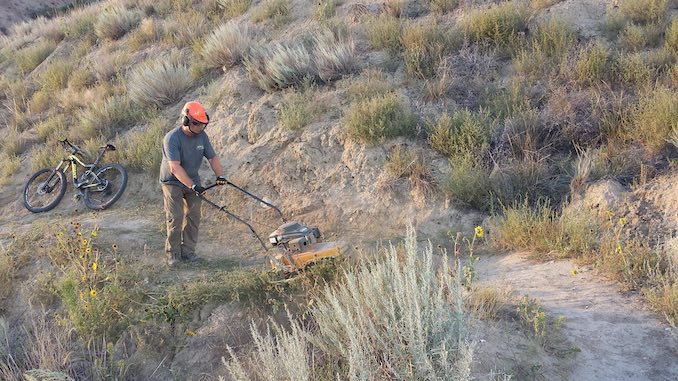
CG: “Who is responsible for building trails? Is it all volunteers or is some of the work contracted out?”
BF: “Our club has approached this from both directions. We have advocated for trails within an area and have offered to build the trails. We have also worked with landowners who just wanted us to work as the advocates for the project and they have paid to build the trails. The club has also used grant money to hire contractors to help complete a project. The only example of this we, as a club, have had is the Skills Park in Redcliff. Three-quarters of the work was completed by volunteers and one-quarter was completed via contractor, paid for with grant money.”
CG: “How many people would be involved in building a trail? Is it usually a select few or are there a large number of people helping?”
BF: “We have a core group who are more experienced, which tend to be our crew leaders and trail designers. The rest are volunteers who are made up of people that regularly come and help and we have those who are the one and done volunteers that we never see again, until the next year. We typically get around thirty different volunteers each season. Our work crews can range in size from one to twenty-five. Our biggest draw of the season is an event hosted by Gravity Sports who sponsors a BBQ every year for a trail maintenance and building day each summer. In our region we probably average around seven to ten people per build day.”
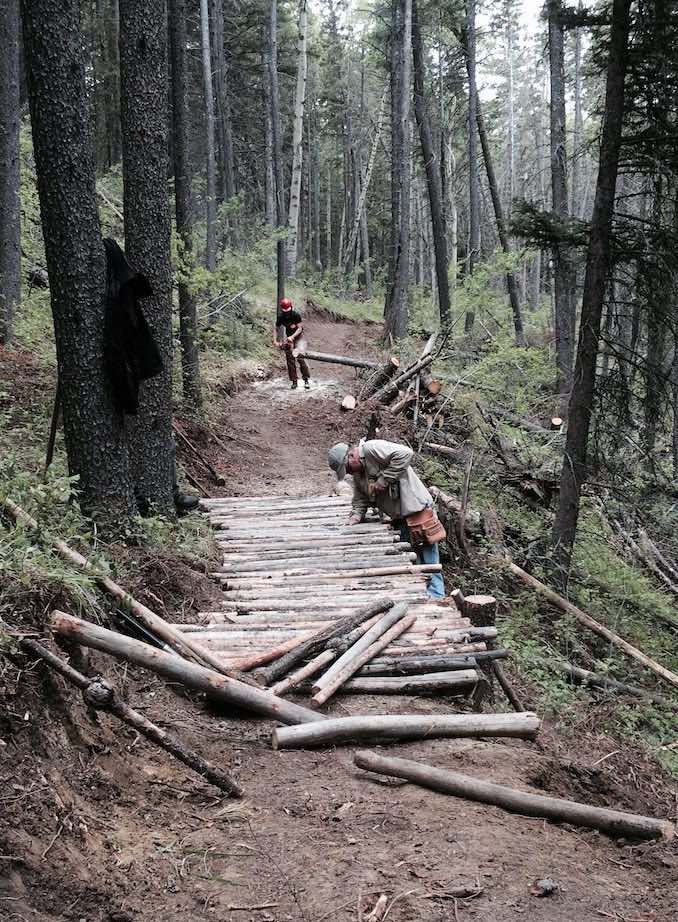
CG: “What type of tools and equipment are required for trail building?”
FB: “670 Collective has done an amazing job of outfitting the Trail Crew for our projects. Through donations we have been able to buy everything we have ever desired or required for trail building and maintenance. This includes walk behind brush trimmers, brush saws for trail clearing, chain saws, portable tool kits to enable our workers to ride to a build site carrying everything we require to build or fix a section of trail. Our crown jewel though is our Bobcat 418 mini excavator. This machine allows us to offload the hardest part of the job for trail building and better utilize our volunteers for cleanup and finishing behind the machine.”
CG: “How do you decide where new trails will be built?”
BF: “We have a small group of designers who are constantly on the look out for suitable terrain to build trails on. We also have a trail committee that looks at the bigger picture of what we think is missing in the region. They gather feedback from the club members and the community and look at what is possible with the areas we have access too.”
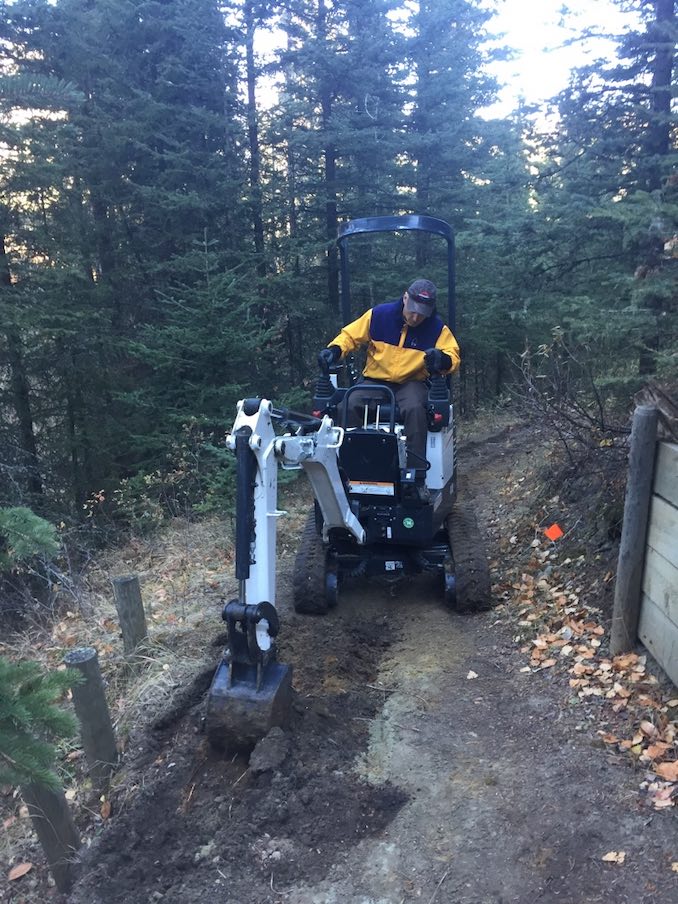
CG: “I am assuming there are multiple factors at play here, but typically how long does it take to complete a new trail from start to finish?”
BF: “Our club can typically build around one to two kilometres a season. This last season we did not have enough crew leads and this number has been greatly reduced. I think we are going to finish out the year with maybe one kilometre from two different projects.”
CG: “How do you decide on names for new trails?”
BF: “Painfully! Hahaha. We have tried several different methods including group surveys, committee selection, lead advocate/builder naming the trail etc. Our best method to date, the least painful to me anyway, has been the lead builder/advocate naming the trail. This seems to cause the least amount of dissension. All names must be agreed to by the landowner, i.e Redcliff, Medicine Hat, or Cypress. The province has been the most challenging as they have the most rules and guidelines around this issue.”
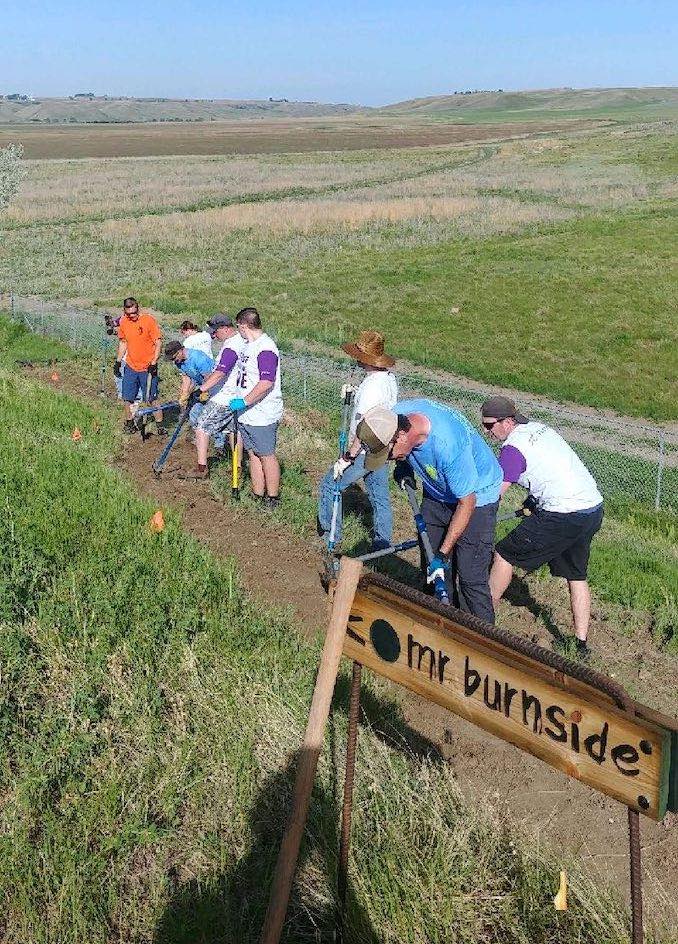
CG: “Are new trails open to all user groups (i.e. mountain bikers, hikers, horseback riders etc.) or are there restrictions in place?”
BF: “Most of the trails we build and advocate for are ‘multi-use’. This means hikers, bikers, snowshoers in the winter, trail runners etc. We cannot build sustainable trails that would support horseback riders. The ground pressure of a horses hooves, or livestock for that matter, are too damaging to the trails we construct. We have had issues in Cypress Hills in the past and it has resulted in repair crews having to fix the trail damage. Some of our trails are directional down only. On those trails we also restrict non-mountain bikers due to the downhill nature of the trails. This is done to prevent potential injuries and user conflicts.”
CG: “Where does the funding come from for new trails?”
BF: “For the club projects the funding comes from its members and corporate sponsors. For the projects we have advocated for and the region has built, the funding has come from either the municipality or the province.”
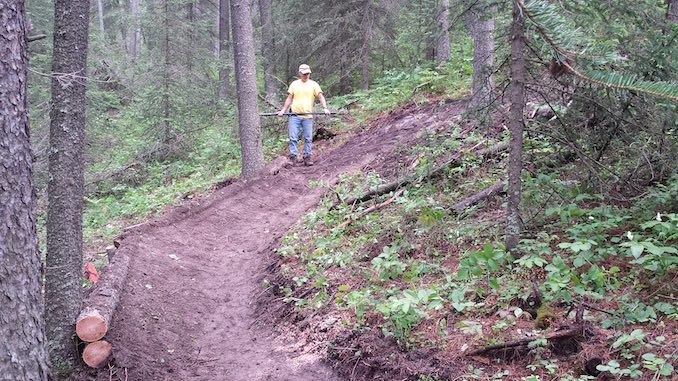
CG: “Is it difficult to convince cities/parks about the benefits associated with new trails being built or are they pretty receptive to the idea?”
BF: “We have been very fortunate in southeast Alberta. All of the groups we have engaged with have been very supportive of our efforts. This has been the biggest key to our success. Without the landowners, Town of Redcliff, the City of Medicine Hat, and especially Cypress Hills Provincial Park, we would not have the opportunities that we have had. Our original plan when we started the club was to first work with Cypress Hills. They already understood our sport and what volunteers could accomplish. Next, we approached the Town of Redcliff. They already had lots of unofficial ‘game’ trails that were being used for mountain biking. We used our success in the Cypress Hills to show the town what could be accomplished and what our volunteers could do. The last step was to approach the City of Medicine Hat. In the end they saw what we were up to and approached us first, making our task of convincing the city even easier.”
CG: “670 has been around since 2012. In the past seven years how much has the club accomplished in terms of building new trails?”
BF: “All of this work has led us to having around 12 km of volunteer-built trails in the Cypress Hills. Another 6.5 km was added just this year by a contractor funded by the province and advocated for by the club. 16 km of trail in Redcliff, with another 6 km currently under construction and likely to be completed in two years. The City of Medicine Hat has paid for a 6 km trail, also advocated for by the club, and are in the planning phase for much more in the near future.”
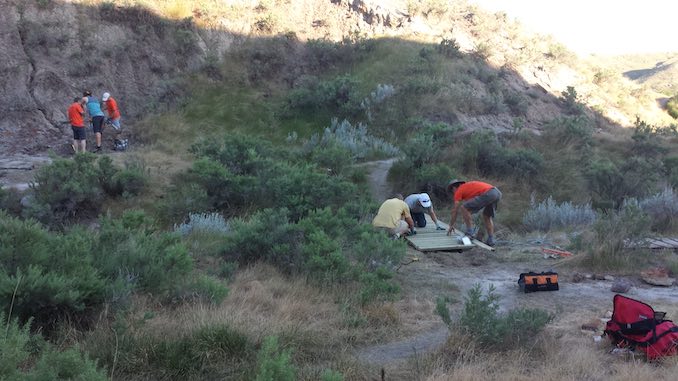
CG: “Wow, that’s really impressive Blaine. That’s an awful lot of trail in a relatively short amount of time. And as someone who has ridden the majority of them in Cypress Hills, I can say with confidence they are well built and incredible fun to ride.”
I want to take this opportunity to thank Blaine for thoroughly answering all of my questions. You have really opened my eyes to all the behind-the-scenes work that needs to happen before a shovel is ever put into the ground. I would also like to thank the rest of the 670 Collective, and all the other hard-working trail building crews across the province, for the sweat equity that’s devoted to your craft. The finished products of your enthusiasm are truly works of art.
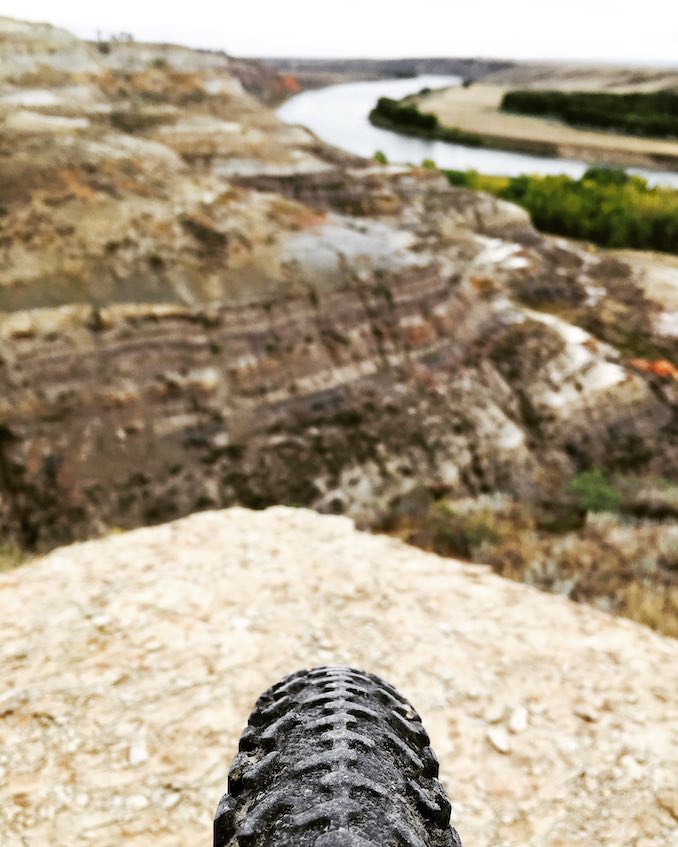
For a peek at Alberta’s best-kept mountain biking secret read my previous story, Mud, Sweat and Gears. To stay up to date with everything the 670 Collective are doing check-out their website and be sure to connect with them on Facebook, Instagram, and Twitter.
***
About this column:
Wild Jobs is a running series that focuses on people in outdoor-related professions. It provides a brief snapshot of their career and the duties that it entails. Please see my previous post, Wild Jobs: Content Creator to learn more.


